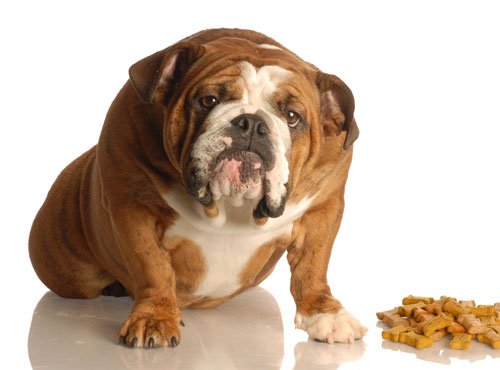Obese dogs are four times more likely to rupture a cruciate than non-obese dogs

Extra weight puts undue stress on the body. In fact, obese canines are four times more likely to rupture a cruciate than non-obese ones, say the authors of Canine Medical Massage: Techniques and Clinical Applications, citing a 2011 study published in the Journal of Small Animal Practice. But there are several things you can do, note the authors:
- Encourage activity that fosters endurance but avoids straining the stifle with cutting and pivoting motions.
- Share research with clients, such as the statistic above, on the ill effects of extra weight.
- Intervene with physical medicine to address any pain, stifle effusion, lameness, and mild osteoarthritis.
- Explain to clients how loss of the excess weight may eradicate the need for any surgery.
Massage is also helpful, especially at the time of the initial dysfunction, to prevent the ligaments from deteriorating. Early in the muscle injury phase, couple massage with physical medicine and joint protectants. And if the ligament does rupture, massage can help reduce soft-tissue pain, muscle shortening, and altered proprioception.
In addition to the remedies above, Canine Medical Massage: Techniques and Clinical Applications outlines explanations and specific massage sequences for dogs with cranial cruciate ligament (CCL), including hip dysplasia, osteoarthritis, and TMJ dysfunction. It also outlines other conditions that benefit from massage, organized by body system.
Courtesy of NEWStat- Behavior (12)
- Caring for your pet (266)
- cat (6)
- Community Events (19)
- dog (7)
- From Our Clients (15)
- Happy Tails (9)
- News (424)
- Press (53)
- Products (2)
- Questions (4)
- Recalls (1)
- Special Offers (5)
- Tips & Advice (231)
- Uncategorized (19)
- Veterinary Services (48)
